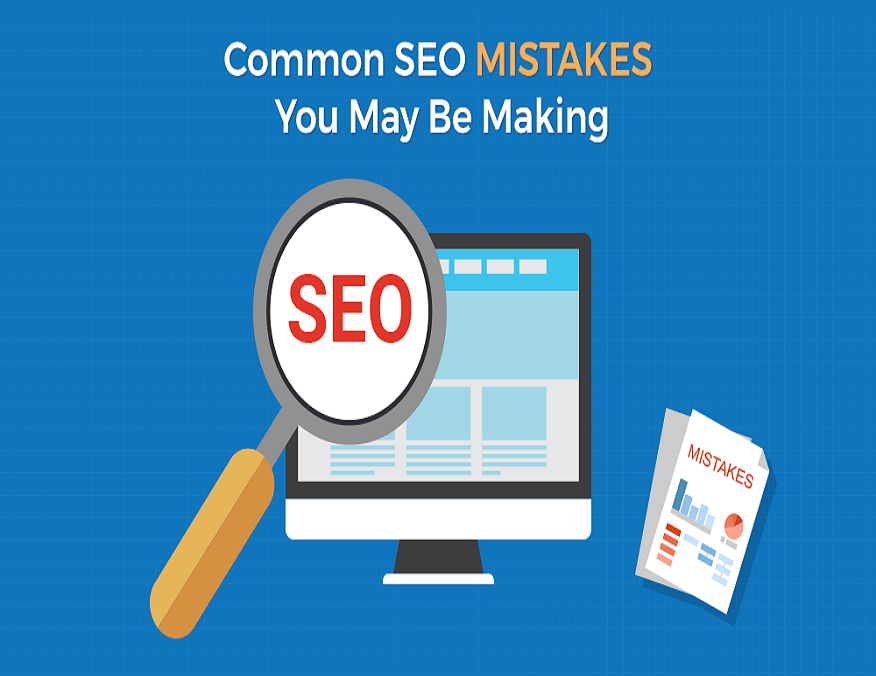
Natural referencing (or SEO) is one of the best ways to attract regular traffic to a website , provided you have good practices in this area. The Internet is a real jungle, and it is increasingly difficult to stand out among Internet users. But it is far from impossible. With a good SEO strategy , you can always hope to reach the top positions on search engines.
As a freelancer and whatever your profession, there are some essential prerequisites to know in SEO to get your audience off the ground. You don’t need to be an expert in the field to have good habits and good results.
Today, we’re talking to you about 11 common SEO mistakes that prevent your website or blog from being visible on Google (and what you should do instead).
Developing an SEO strategy is unsurprisingly the best way to achieve your goals. Too many content creators make the mistake of throwing themselves blindly onto the web, without a real plan of attack.
As you can imagine, we can’t expect miracles if we don’t mobilize the right resources or the right actions. Especially since SEO requires both human (content creation) and technical (optimization of your site) resources.
We therefore advise you to formalize these points:
Set specific goals to achieve via your website or blog: traffic, conversion, positioning, etc. What do you want to accomplish concretely? Having a clearer idea of all of this will help you better target your SEO efforts.
Study the relevant keywords to position yourself on , remembering that the best SEO opportunities do not necessarily come from the most popular and competitive queries. Be interested in longer keywords (long tail) but also more precise and targeted in your field.
Perform a technical audit of your site : what should be improved, added, deleted? If you can help yourself with SEO tools , you can also entrust this part to a qualified service provider who can tell you all the relevant actions to take on your website.
Design your content only for Google
Content creation is one of the main ingredients of a good natural referencing . It is the content that feeds your website and attracts visitors interested in your theme and the topics you address. And for that, he must obviously tick certain criteria imposed no more and no less by Google and search engines in general.
That said, don’t make the mistake of designing your content just to please Google . Because it is indeed humans who will consume it and appreciate it (or not). We quickly notice poor quality content that is only there for traffic: a stuffing of keywords, articles without any structure, paragraphs of 3 km, no care given to reading, etc.
If you want to create good content , keep your target in mind : the person you want to bring value to . And with the following optimization tips, your content will naturally be search engine friendly!
Not optimizing title, meta and image tags
Some data must be absolutely filled in and treated so that your content is visible to Internet users . This information is indeed found on the SERP (the results page displayed by Google or any other search engine).
The meta-description , the short summary of your content that will make a user want to click. Be careful not to exceed 155 characters so that it remains fully readable.
For these two previous elements, it is better to make sure to show the main keywords of your content, while being attractive for the potential visitor!
The ALT tag of your images , i.e. the description of the visuals for robots and visually impaired people. This text is not visible in normal times, but it also participates in the referencing of your images on the web (so we do not forget the keywords).
If social networks are part of your freelance development strategy , you can also take a look at Open Graph tags . Some of them, including the og:image tag , allow you to control how your content appears when shared by others on social networks. As you can imagine, it’s important to generate traffic !
Do not include structured data on its website
Structured data refers to a set of information provided in a specific format and given to search engines so that they can correctly interpret a website. In short, they give Google key information that it can read to understand content, its context, its typology , etc. They are therefore different for a blog article or a product sheet, for example!
More concretely, structured data is nothing more or less than a snippet of code on a web page , containing tags and text. Note that they are also used to correctly display your content in Google’s enriched results (for example, a knowledge graph containing a description, a title, links, etc.).
The user experience , or UX design, simply corresponds to the criteria aimed at improving the overall experience of an Internet user on a website or a blog. It incorporates many parameters, such as ergonomics, appearance, ease of use, speed, etc. Here, we are therefore touching on a more technical aspect of your natural referencing .
To understand why UX design is a key issue, we invite you to imagine the worst possible experience on the web. We bet you’re thinking of some top clickbait news articles right now , featuring so many ads that it’s impossible to read them. Result of the races: we quickly close the page to get out of this hell.
The user experience of your website must above all make things easier for your visitors and be as pleasant as possible. Ultimately, the focus should be on your content, its value, and the trust your website builds.

